As President Donald Trump prepares to unveil his administration’s diplomatic policy towards Cuba, expected to repeal reforms that had made it easier for Americans to give money to the repressive Castro regime, corporations and lobbyists that have benefitted from Obama’s “normalization” have gone into attack mode.
The hotel monolith Mariott’s chief executive is personally demanding Trump not enact pro-human rights policies that could jeopardize the company’s bottom line. The New York Times, which published the lies that made it possible for Fidel Castro to become the island’s dictator, laments that “the United States Congress, businesses and other interested groups,” including the Cuban government, may not be pleased by the changes (this is, the Times posits, a bad thing).
The foreboding tone of American liberal media coverage surrounding the potential repeal of Obama’s 2014 “normalization” effort demands selective memory of the Obama era’s effect on the Cuban people to take seriously. His policies may have prompted optimism among the CEOs of companies like AirBNB and Carnival Cruises.
But Cuban dissidents report skyrocketing rates of arbitrary arrests and an ever-growing disregard for human rights in a country that already held one of the world’s worst records on the matter before 2014.
Below, eleven images that capture the suffering of the Cuban people following President Obama’s call for bilateral ties with the Castro regime, and the callous disregard the White House showed towards these consequences as they became impossible to ignore.
February 2015: President Obama announced he would re-establish friendly ties with the Castro regime in December 2014. Two months later, the regime challenged the call for treating dissidents with respect by not only beating and arresting members of the Ladies in White – a dissident group whose sole act of protest is silently attending Catholic Mass on Sundays dressed in white and holding the photos of political prisoners – but tarring one of their members, Digna Rodríguez Ibañez. Photo via Twitter.
September 2015: In a move meant to signal to the international community that they could ease the pressure on the Castro regime, Cuba invited Pope Francis to tour the city of Havana and the eastern regional capital of Santiago de Cuba.
The government did not use the occasion of the pontiff’s presence on the island to cease repressing dissidents, however. Zaqueo Báez, a member of the Patriotic Union of Cuba (UNPACU), approached the papal convoy in Havana and shouted “freedom!” within earshot of the Pope.
He was beaten in front of the pope and whisked away into a police vehicle. Pope Francis later denied knowledge of the incident, though video proved he was feet away as Báez was beaten. The photo below shows Báez being taken away from Pope Francis. AP Photo/Ramon Espinosa
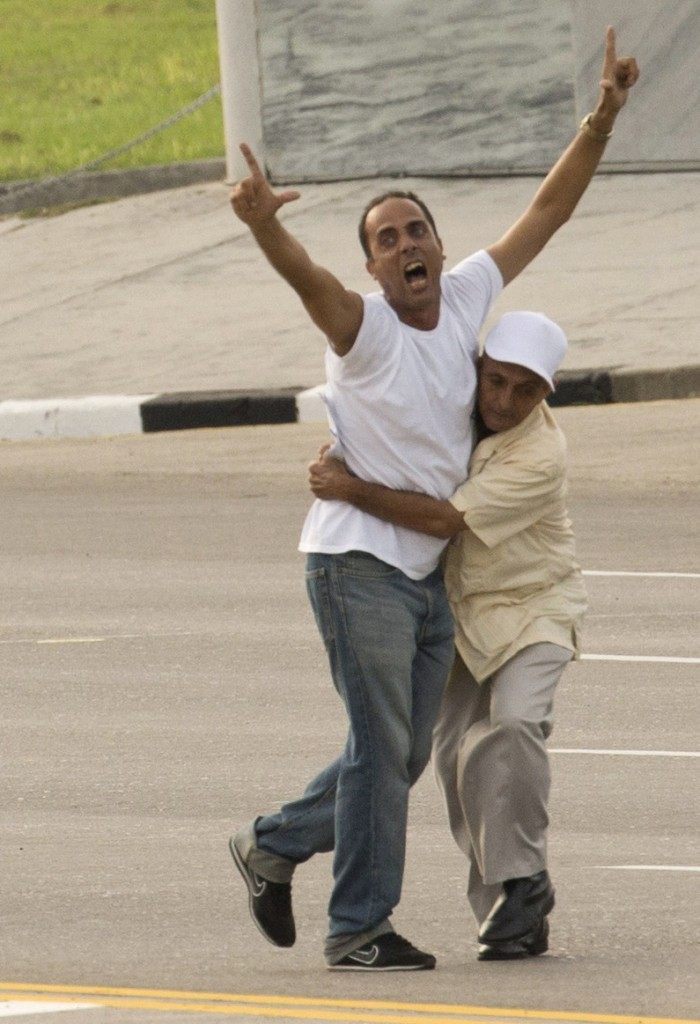
December 2015: 70-year-old Cuban-American Francisco Morales had traveled to his home country every Christmas for the past decade to set up a Christmas display for the children of his Havana neighborhood without incident.
After President Obama announced his “normalization” measures, however, Morales was arrested for setting up animated characters like Santa Claus and Mickey Mouse on the roof of his family home.
Cuba is an atheist state that has persecuted and tortured Christians since the 1960s and only allowed leftist Liberation Theologists and Jesuit Catholics to operate unperturbed on the island in recent years. Evangelical Christians, Jehovah’s Witnesses, and Seventh-Day Adventists are especially subject to arrest and other state abuse. Twitter/@CubanetNoticias
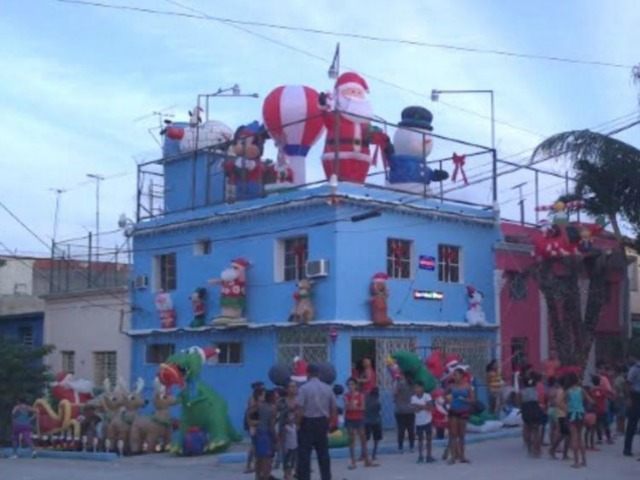
January 2016: Cuban dissidents from a number of prominent groups on the island regularly suffer actos de repudio, “acts of rejection,” in which the government sends angry mobs to their homes to intimidate and insult them.
In a particularly brazen rejection of international human rights norms, one acto de repudio featured a bonfire made up of copies of the United Nations’ Universal Declaration of Human Rights. Marti Noticias.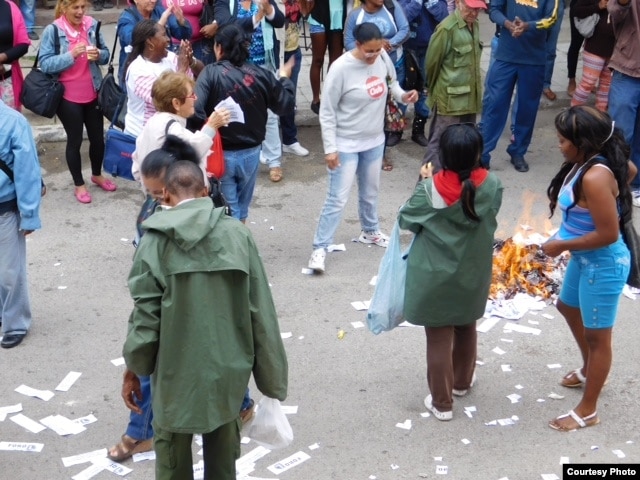
March 2016: President Obama’s trip to Cuba triggered some of the Cuban government’s most aggressive abuses against dissidents. Below, the mass arrests of dozens of Ladies in White, grabbed by the clothes and hair and beaten into submission, shortly before the president’s arrival. Adalberto Roque/AFP/Getty Images
March 2016: The oppression was not limited to Ladies in White. One Cuban dissident succeeded in using the occasion of President Obama’s visit to protest live on American television. Yasser Rivero Boní, the son of a Lady in White who has lost most of his vision following beatings by Castro police, ran onto the set of ESPN and interrupted Bob Ley’s live broadcast to call for freedom on the island. Within seconds, a sqaud of plain-clothes Cuban police apprehended and whisked him away. ESPN/Screencap.
March 2016: President Obama was not the only high-profile visitor to the island this month. The Rolling Stones, a British band that Fidel Castro had banned from the island for their “imperialist” music, played a “historic” concert for those in the government’s good graces that month.
Naturally, this irked Cuba’s punk rock community, and in particular the band Porno para Ricardo, who writes punk music against the regime. In protest, they played a “concert” titled “Public Scandal,” in which they stood in silence, holding their instruments, for the duration of a concert. Porno Para Ricardo social media
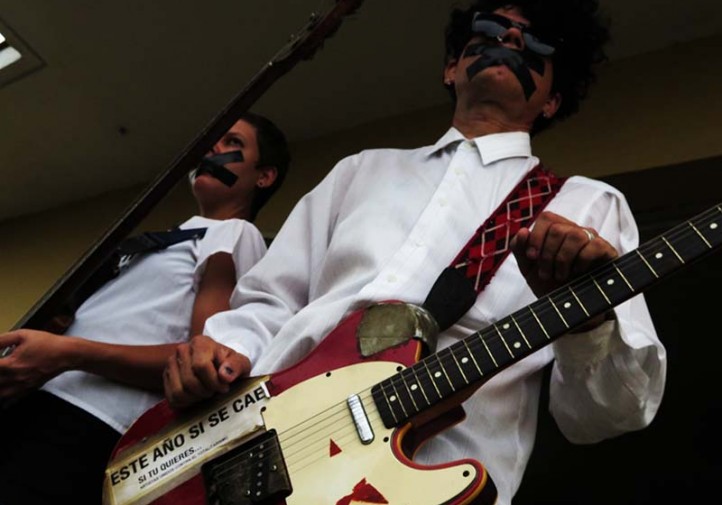
March 2016: President Obama completed his itinerary in Cuba, delivering a speech in which he quoted poet José Martí, stopping for photo-ops under the image of Castro butcher Ernesto “Che” Guevara at the Plaza of the Revolution, and attending a baseball game with Raúl Castro. In the below image, the president does “the wave” with the Cuban dictator. White House/Pete Souza
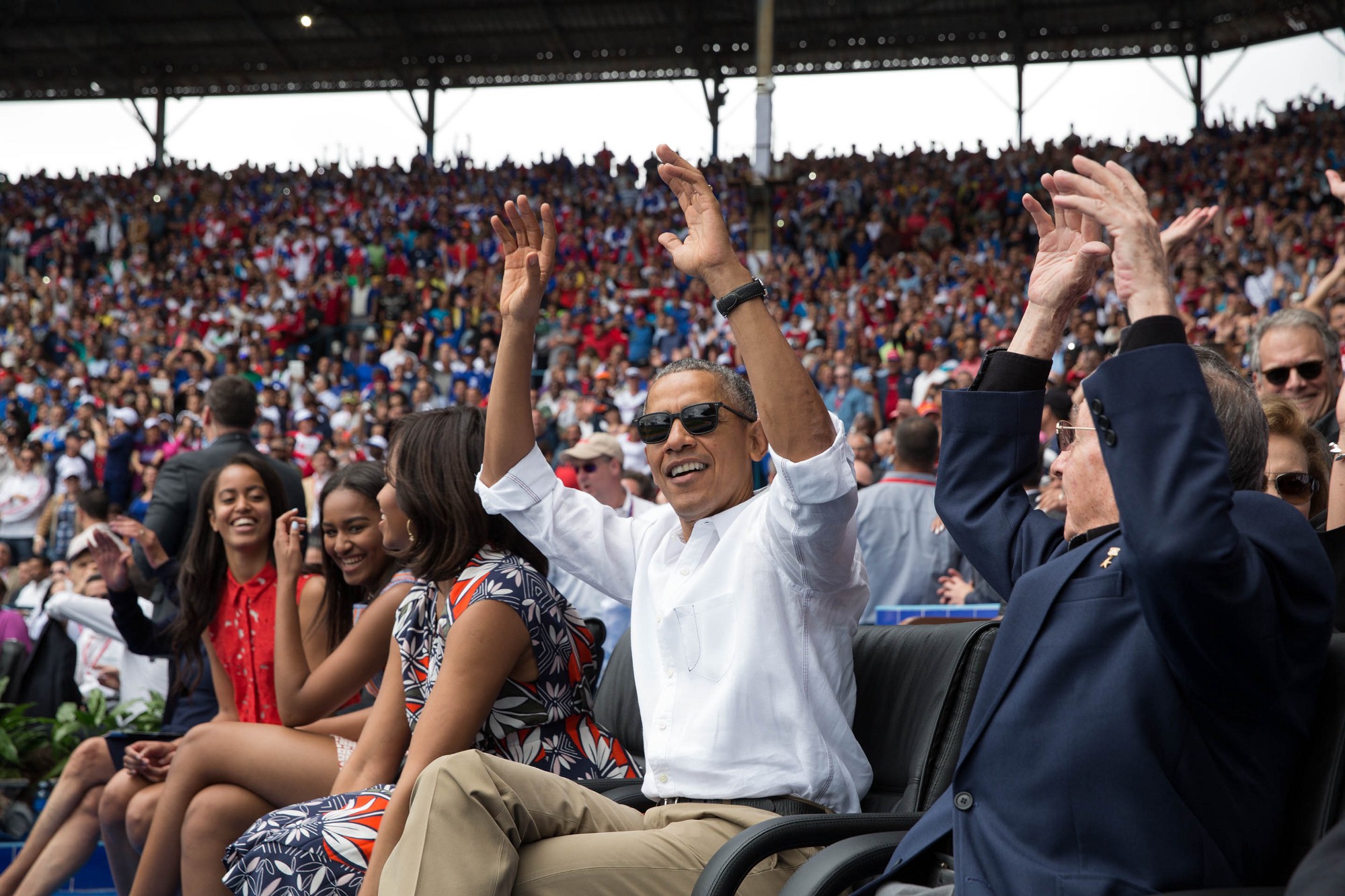
August 2016: Cuban dissident Guillermo Fariñas is an award-winning pacifist human rights activists. In the below photo, he was conducting his 23rd hunger strike against the Castro regime. In this one, he also refused water. The below photo shows friendly trying to carry him to a local hospital after he had lost mobility. Cuban hospitals rejected Fariñas before ultimately taking him in as a patient, responding to international pressure. elblogdegeronimo.wordpress.com via Cubanet
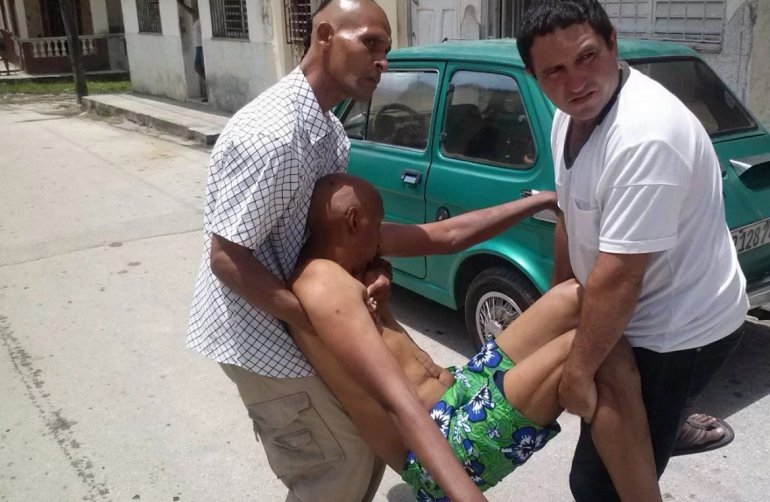
May 2017: The Cuban dissident Daniel Llorente, who does not belong to any dissident groups, is carried away from the streets of Havana after receiving a beating from the plain-clothes Cuban police in the photo.
Llorente interrupted the Castro’s May Day parade – an international celebration of communism – by running in front of the parade waving an American flag. Llorente became an active dissident following the “normalization” announcement, using his American flag to welcome Carnival Cruises to Havana, where Cuban agents berated and insulted him. Llorente was placed in a mental institution following his act of defiance in May. AP Photo/Ramon Espinosa.
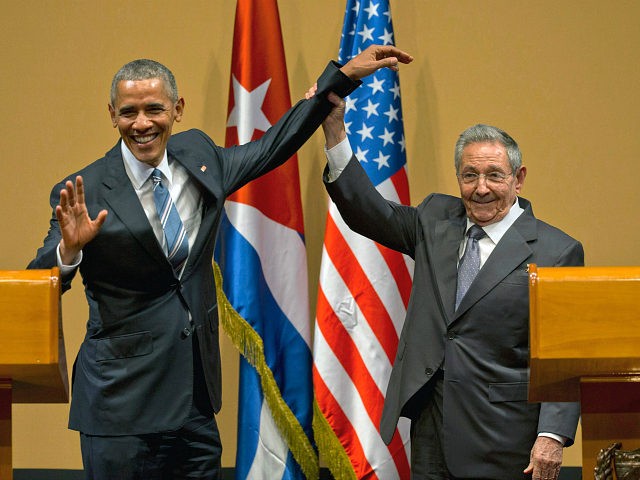
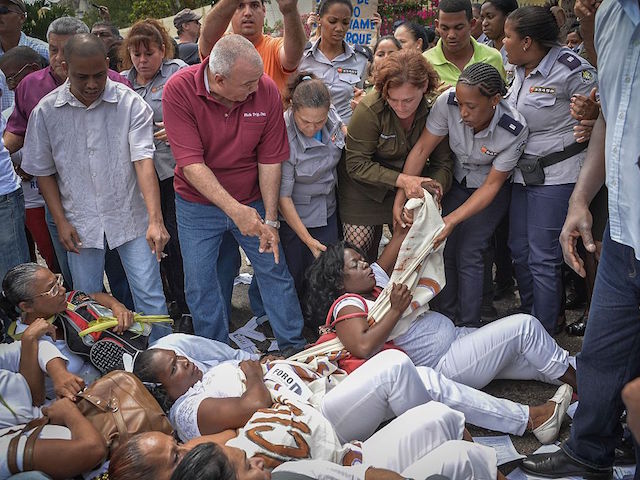
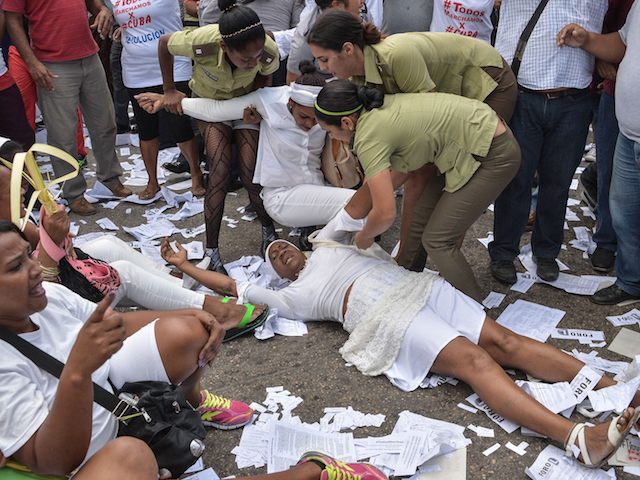

COMMENTS
Please let us know if you're having issues with commenting.